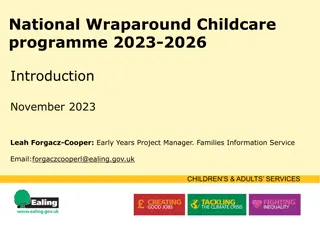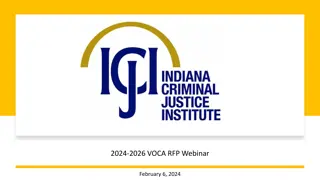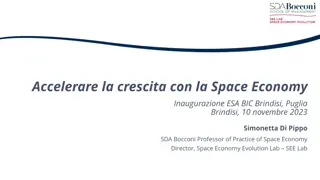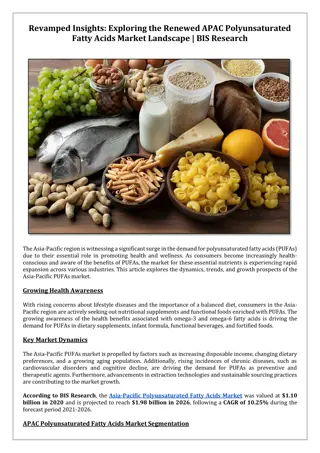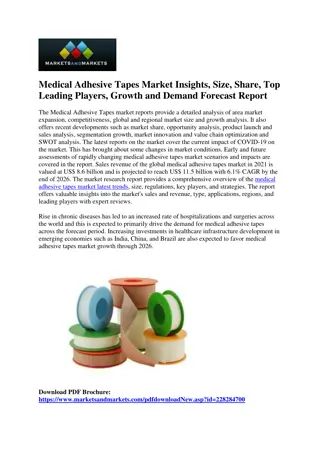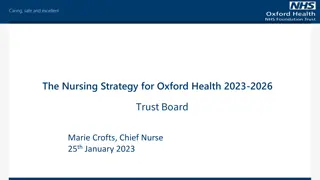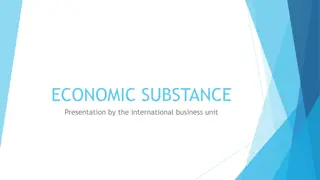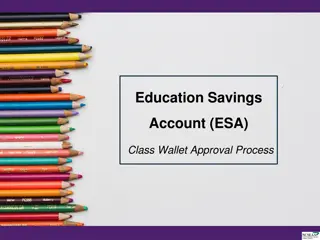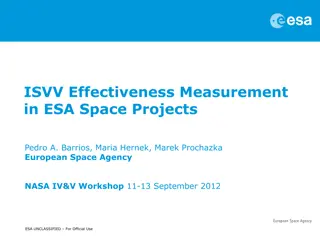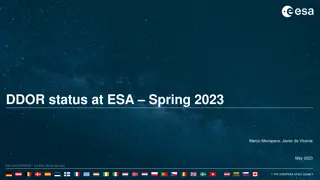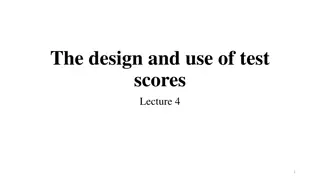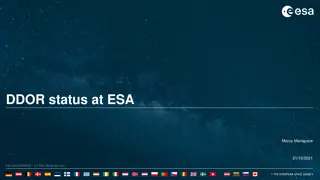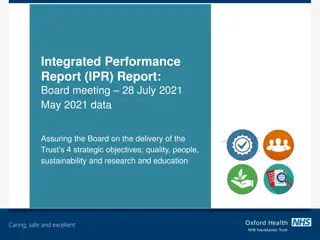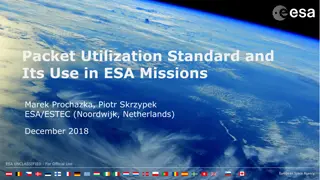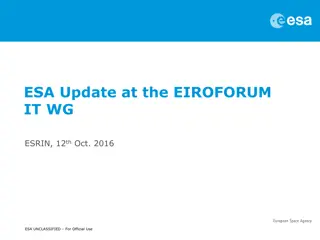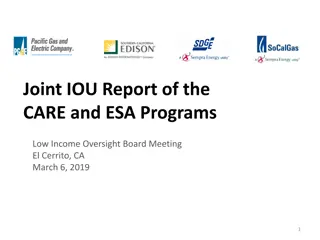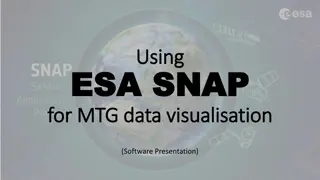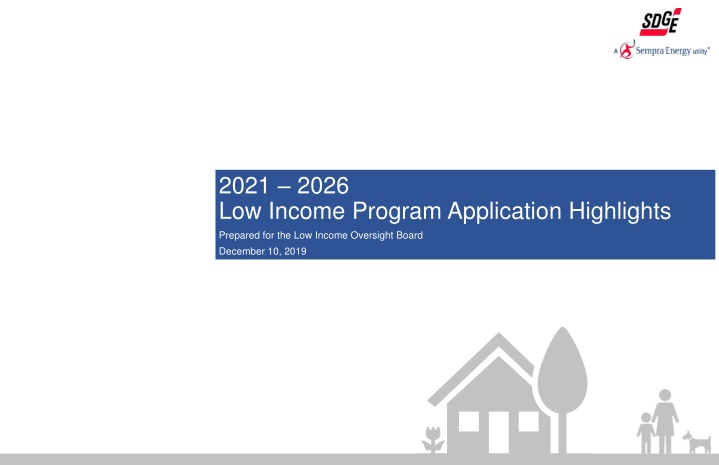
Low Income Program Application & Strategy Overview 2021-2026
Explore the highlights of the 2021-2026 Low Income Program application, budget overview, CARE/FERA strategy, performance measurement, and ESA strategy. Discover key objectives, policy changes, and targets aimed at improving lives and reducing energy burden for low-income customers.
Uploaded on | 1 Views
Download Presentation

Please find below an Image/Link to download the presentation.
The content on the website is provided AS IS for your information and personal use only. It may not be sold, licensed, or shared on other websites without obtaining consent from the author. If you encounter any issues during the download, it is possible that the publisher has removed the file from their server.
You are allowed to download the files provided on this website for personal or commercial use, subject to the condition that they are used lawfully. All files are the property of their respective owners.
The content on the website is provided AS IS for your information and personal use only. It may not be sold, licensed, or shared on other websites without obtaining consent from the author.
E N D
Presentation Transcript
2021 2026 Low Income Program Application Highlights Prepared for the Low Income Oversight Board December 10, 2019
2021 2026 CARE/FERA Strategy Overview Purpose To continue successful enrollment efforts for CARE and find new avenues for FERA while streamlining program process and technologies to improve lives and create seamless and easy interaction with customers Key Objectives Increase positive perception and promote added value through CBO partnerships Optimize marketing and outreach based on lessons learned + new capabilities Maintain participation of new and recertified customers Streamline delivery and cross promotion Supporting Policy Changes: Modify High Usage PEV to three times in a rolling 12-month period Modify recertification of CARE Expansion from 2 years to 4 years Transition funding for CHANGES to SDG&E s General Rate Case Move annual deadline for program eligibility estimates from December 31 to February 12
Measuring CARE/FERA Performance Meet Commission Program Enrollment Targets: Maintain 90% Penetration for CARE Increase to 50% Penetration for FERA CARE Eligible vs Enrolled FERA Eligible vs Enrolled 360,000 60,000 50,000 340,000 40,000 320,000 30,000 300,000 20,000 280,000 10,000 2021 2022 2023 2024 2025 2026 2021 2022 2023 2024 2025 2026 Estimated Eligible Enrolled Estimated Eligible Enrolled
2021 2026 ESA Strategy Overview Purpose To find the appropriate blend of energy efficiency and health, comfort & safety to improve customer s lives, reduce greenhouse gas, and decrease energy burden Key Objectives Create tailored offers for customers based on premise, ownership and need Increase positive perception and promote added value Streamline delivery and promote choices for customers Increase participation of new and existing customers Supporting Policy Changes: Delivery of measures via a tiered approach A 3rd Party Statewide MFWB Program for Deed-Restricted Properties Adding CAM measures to the locally implemented ESA MF program for non-deed restricted properties Changing appliance eligibility criteria Simplification of fund shifting rules Continuing the advice letter process for program changes
Measuring ESA Performance Program Goals: Average annual resource measures energy savings per HH Average non-energy benefits delivered per HH Program Indicators: Average hardship reduction per HH Portfolio Energy Savings Goals*: Type kWh kW Therms Single Fam 12M 2K 370K Multifamily 4.3M 430 190K Mobile Home 2M 240 150K *aggregate values over 6 years Participation Targets: Dwelling Type PY1 PY2 PY3 PY4 PY5 PY6 Single Family 8,600 6,600 5,699 6,299 6,648 7,348 Mobile Home 1,400 1,400 1,400 1,400 1,400 1,400 Multifamily In Unit 10,000 8,000 5,824 5,946 6,216 6,757 Audits Only - - 7,467 9,709 10,150 11,032 Total 20,000 16,000 20,390 23,353 24,414 26,537 MF Non-Deed Rest. CAM - 34 115 134 145 155

